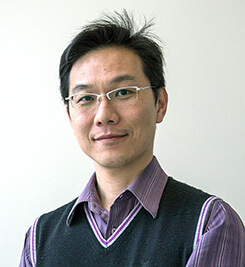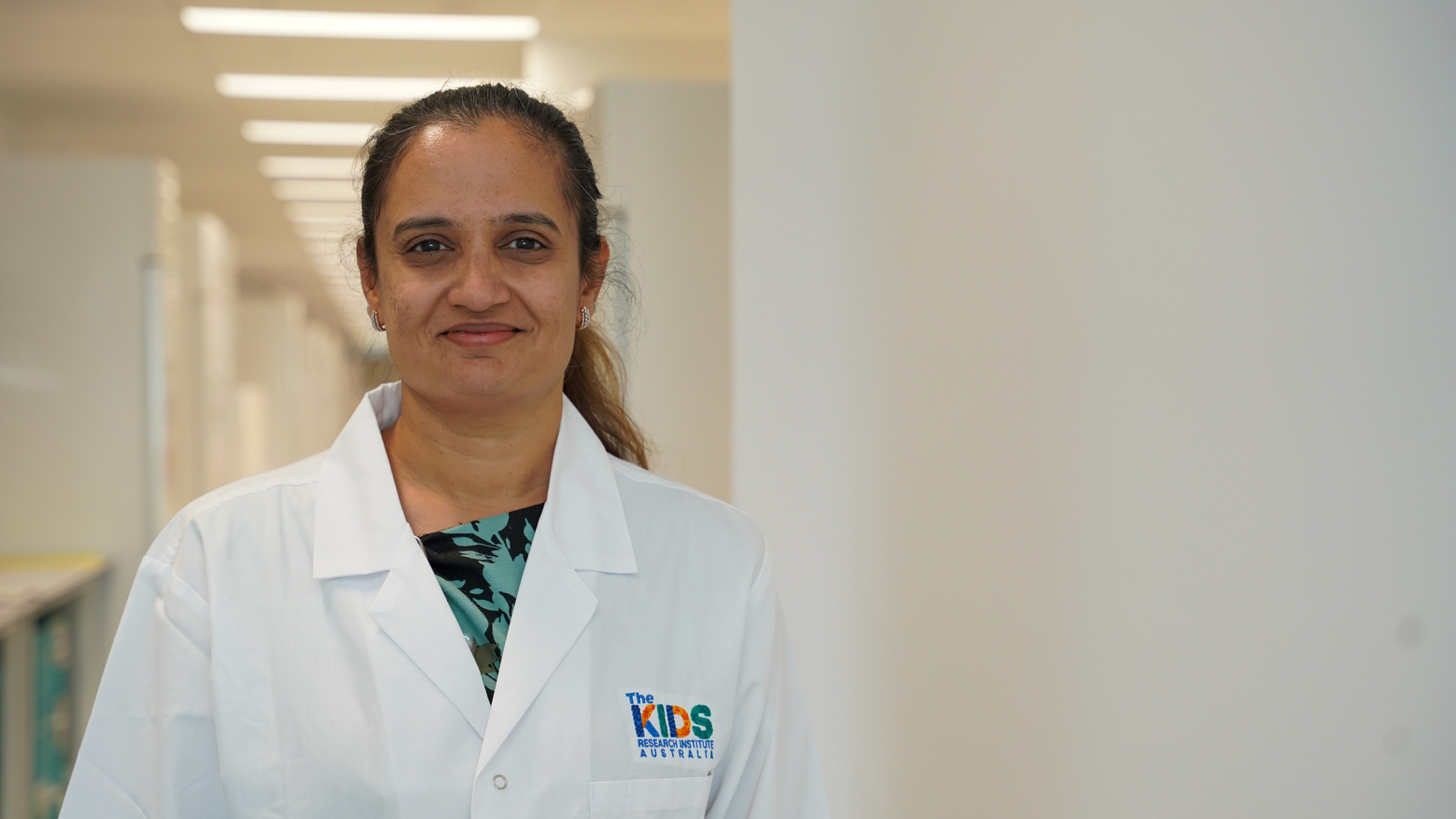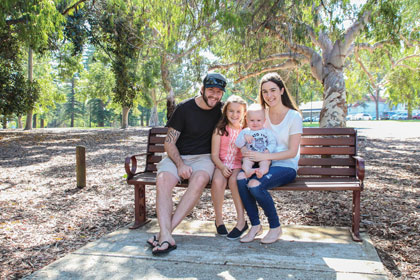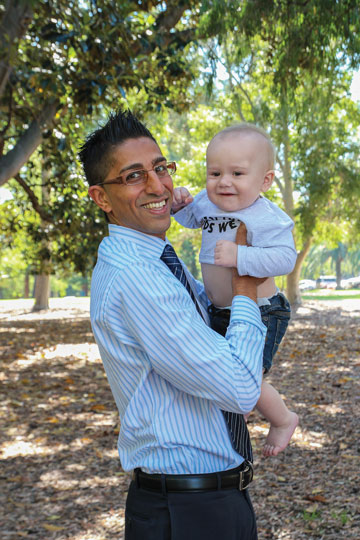Search
Research
Irreversible growth plate fusions in children with medulloblastoma treated with a targeted hedgehog pathway inhibitorWe report on 3 children treated with vismodegib who developed widespread growth plate fusions that persist long after cessation of therapy.
Research
Silencing of GATA3 defines a novel stem cell-like subgroup of ETP-ALLGATA3low ETP-ALL is a novel stem cell-like leukemia with implications for the use of myeloid-derived therapies
Research
IDH mutant high-grade gliomasGliomas are the most common type of malignant primary central nervous system (CNS) tumors, resulting in significant morbidity and mortality in children and adolescent and young adult (AYA) patients. The discovery of mutations in isocitrate dehydrogenase (IDH) genes has dramatically changed the classification and understanding of gliomas. IDH mutant gliomas have distinct clinical, pathological, and molecular features including a favorable prognosis and response to therapy compared to their wildtype counterparts.
Research
Childhood acute lymphoblastic leukemia and indicators of early immune stimulation: a Childhood Leukemia International Consortium studyThe associations between childhood acute lymphoblastic leukemia (ALL) and several proxies of early stimulation of the immune system, that is, day-care center...
Research
Gene Expression Analyses of the Spatio-Temporal Relationships of Human Medulloblastoma Subgroups during Early Human NeurogenesisMedulloblastoma is the most common form of malignant paediatric brain tumour and is the leading cause of childhood cancer related mortality.


News & Events
Brain Cancer Awareness Month Q&A: Dr Hetal Dholaria’s vital work for WA KidsEach year in Australia, around 120 children are diagnosed with brain cancer, the leading cause of cancer-related death in young people.

News & Events
New funding to tackle undiagnosed diseases and improve cancer immunotherapyOne of the researchers who helped crack the code of 10-year-old Northam girl Charlotte Patterson’s incredibly rare disease has received State Government funding that will allow her to use the same methods to rapidly assess the cases of hundreds more patients living with undiagnosed disease.

News & Events
Cheeky Jackson heads home after 7.5 month nightmareMichelle Pianta knew deep down something was very wrong with her seven-and-a-half month old son Jackson as she waited at Bunbury Hospital for his blood results.

News & Events
Drug find could represent big win for our little patientsDr Rishi Kotecha knows too well the devastation of a leukaemia diagnosis in a child, treating children as a consultant at Princess Margaret Hospital.
